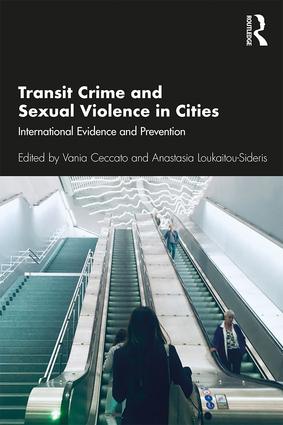Results
How prominent is the incidence of sexual harassment of students in transit environments globally? Are students particularly fearful of certain environmental attributes of transit settings? Is victimization and perceived safety affected by the types of environments students encounter while travelling? What strategies do victims employ to respond to harassers? How common is the reporting of sexual harassment? Are bystanders helping the victims? Results show that:
- Without any doubt that sexual harassment in transit environments is unfortunately a common occurrence globally. However, the extent of harassment ranges considerably from one city to the other. More than half of the victims of sexual harassment chose not to report the incident. Variations in victimization by city, country and continent contexts.
- Significantly higher percentages of women than men reported victimization experiences. While this was unsurprising, we did not expect to find also significant percentages of male students in some cities reporting having been harassed. In eight out of these 13 cities, LGBTQI students were victimized at somewhat higher rates than straight students.
- Female students in all cities felt more unsafe in transit settings than their male counterparts. These perceptions of lack of safety were, as expected, more intense during the nighttime.
- The elements of the physical and social environment of the transit setting that students tended to indicate as problematic and even encouraging harassment events
- The omnipresence of the potential for harassment in transit settings leads to the adoption of certain behaviors from the part of transit riders (for example, avoiding certain routes or times, sitting next to the driver, dressing in a particular way, carrying some form of weapon, or using a backpack as a shield).
Publications
The main findings of this research project is summarized in the book below. Several country reports have published findings of the case studies often in the local language.

Transit Crime and Sexual Violence in Cities: International Evidence and Prevention (2020) , 1st Edition
Reports and articles of the case studies
Bogotá, Colombia
Los Angeles
escholarship.org/uc/item/9wf3r12k
Melbourne, Australia
Mexico-city, Mexico
Milan, Italy
San Jose, USA
transweb.sjsu.edu/research/1810-Crime-Harassment-Public-Transit-SJSU
Rio Claro, Brazil
Sao Paulo, Brazil
Stockholm, Sweden
Stockholm-Huddinge, Sweden (In Swedish)
Ceccato, V., Näsman, P. & Langefors, L. (2020) Sexual violence on the move: An assessment of youth’s victimization in public transportation , Women & Criminal Justice, DOI: 10.1080/08974454.2020.1733732.
Vancouver, Canada
